The A-Z Of Gin: A Complete Glossary For Every Gin-Lover
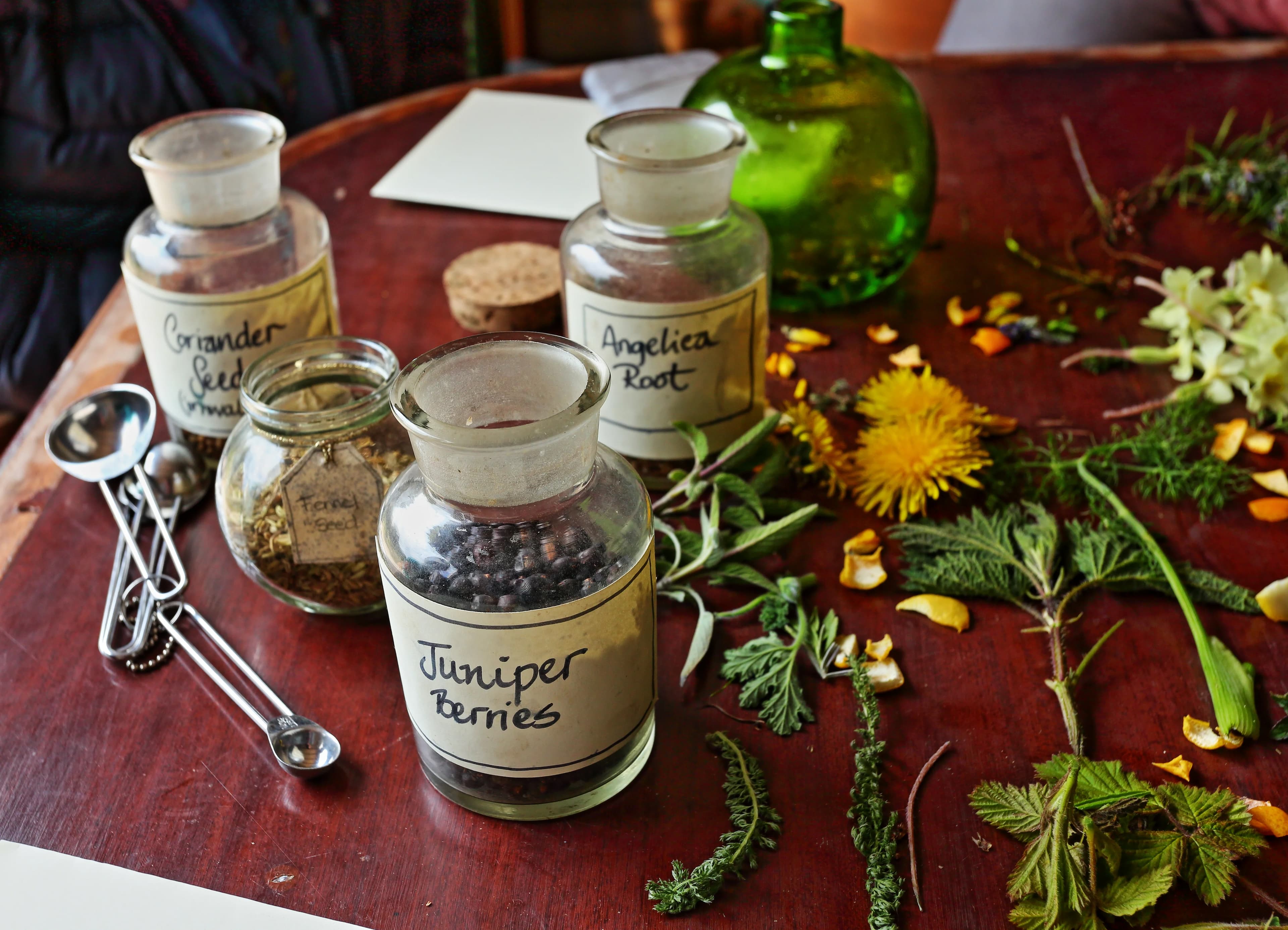
Gin. One of the trendiest spirits behind the bar today but one with a long history. This botanical-led, Juniper-based spirit has a legacy that’s rich and diverse but can sometimes be overwhelming for those new to its delights.
In this comprehensive guide, we’ll embark on a journey through the rich lexicon of gin, demystifying some of the terminology surrounding this beloved beverage. Whether you're a seasoned enthusiast or a newcomer seeking to explore the world of gin, learning some basic terms can help you navigate this iconic spirit's nuanced and fascinating universe. So, pour yourself a drink, and let's delve into the A-Z of gin.
A is for ABV:
Kicking things off with one of the must-know terms in alcohol. ABV or Alcohol by Volume, measures pure alcohol as a percentage of the drink's total volume. Gin must have a minimum of 37.5% ABV to be called gin.
B is for Botanicals:
The soul of any gin, natural ingredients like seeds, berries, herbs, and roots used to flavour gin, with juniper as the essential botanical to be legally classified as Gin. This diverse choice of botanicals is what gives each gin a unique character.
C is for Coriander:
More than just a kitchen herb, Coriander is the second most common gin botanical after Juniper, and seeds vary in flavour depending on their origin. They add complexity to gins and also help to determine their dryness, a crucial component in Gin classification.
D is for Distillation:
The magic method behind the madness. Distillation is the method used to purify liquids and is crucial in gin-making. Distillation creates the base spirit which is then infused with botanicals like juniper, coriander and more to create gin.
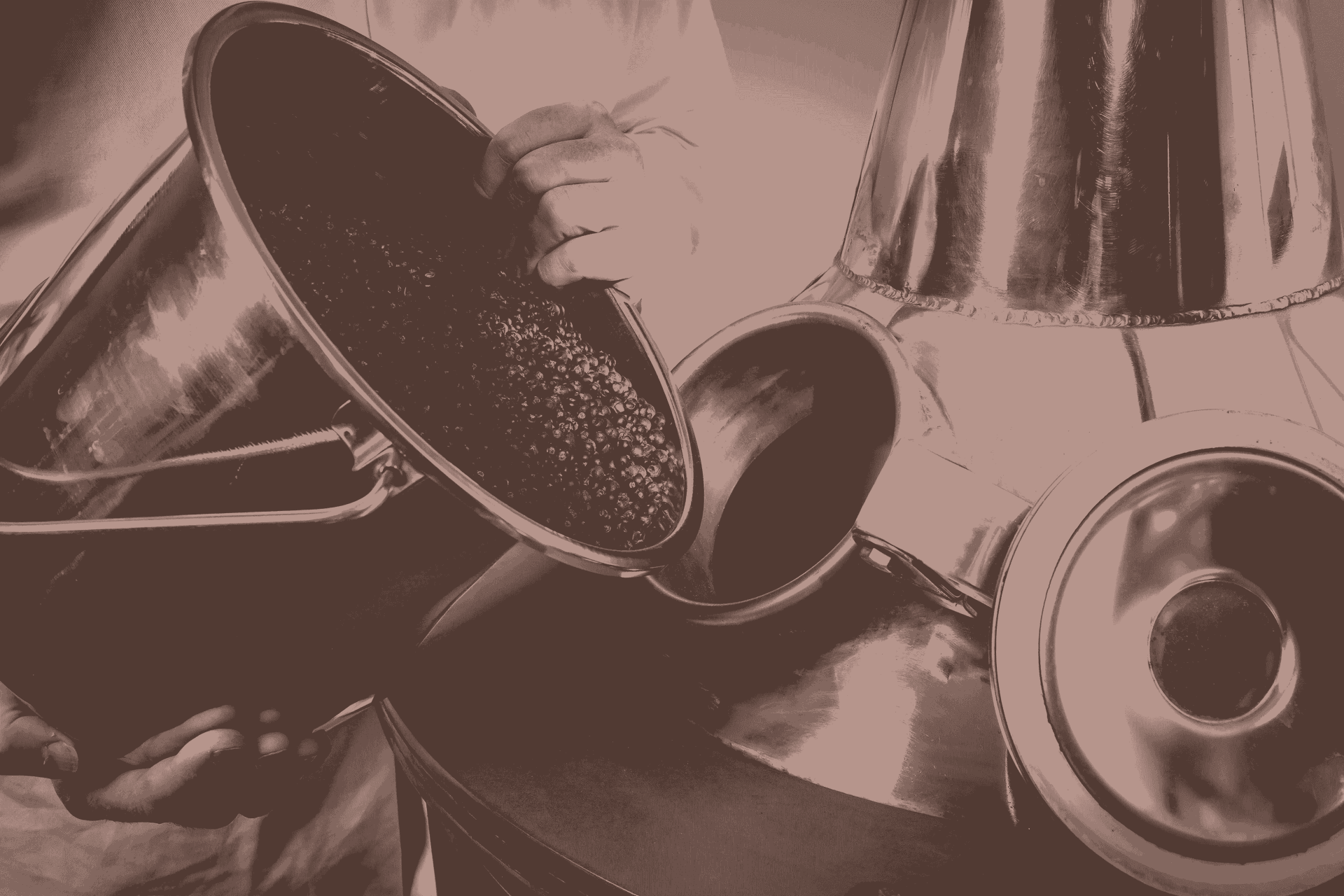
E is for Ethanol:
You may remember this one from your chemistry classes, but this organic compound is pure alcohol and is probably in your life more than you know since it’s the primary ingredient in gin and pretty much all alcoholic drinks.
F is for Fixative:
The glue that holds a gin’s flavour together, botanicals like grains of paradise and angelica root bind gin's flavours together which determine the body of its flavour. Additional botanicals then contribute to its top notes like citrus which are sometimes more prominent when tasting.
G is for Genever:
A precursor to Gin as we know it, this Dutch spirit dates back to the 13th century and though it contains Juniper, it’s not defined by its botanicals. Made from a non-neutral base such as Maltwine (malt and barley) and are often barrel-aged.
H is for Hearts:
During the distillation process, the best bits around the middle of the run are known as the ‘hearts’ and the part that makes for a great final product. The ‘heads’ and ‘tails’ contain volatile compounds and are separated, and the hearts are where the balance of flavours is the best.
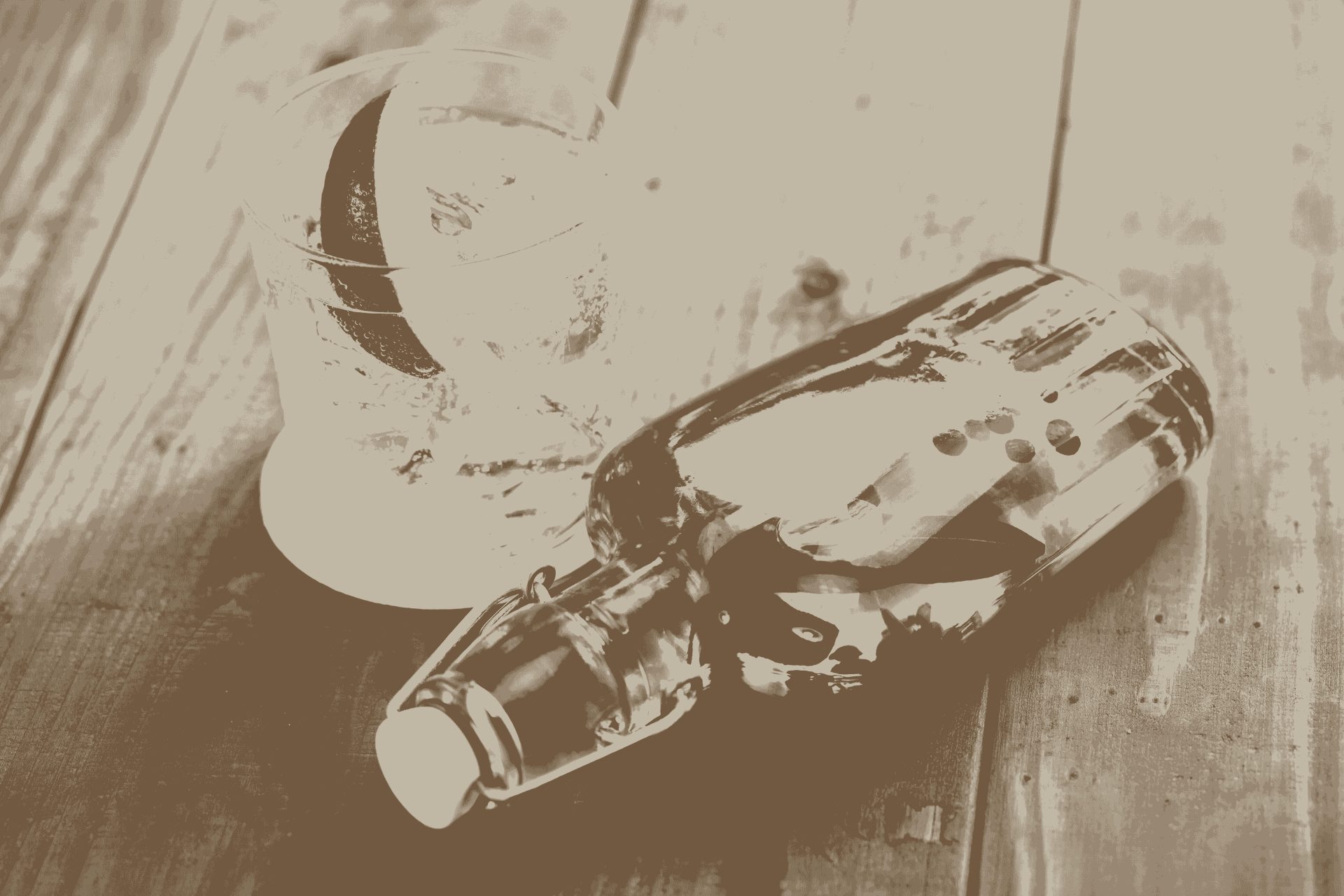
I is for Infusion:
The flavour-making stage of gin production. Steeping ingredients like fruits or herbs in gin can be done to imbue unique flavour and colour in the gin post-production. Infusion is different from incorporating flavours in the distillation process and usually overpowers the base flavours.
J is for Juniper:
The defining ingredient of London Dry Gin and many other gins across the world. This berry has a piney, citrusy taste. In most cases, juniper must be the dominant flavour in a gin for it to be considered a true gin.
K is for Kettle:
Gin distillation typically occurs within a copper kettle, connected to a condenser via a copper vapour line. The kettle is heated indirectly through the condensation of steam within a coiled structure inside it.
L is for London Dry:
One of the most well-known types of gin, there are a few criteria that make this gin unique, and no, it doesn’t need to come from London. It’s built on a distilled neutral spirit of at least 96% ABV and contains juniper as the key botanical and no artificial additives.

M is for Muddling:
In mixology, 'muddling' means gently pressing fruit or herbs in a cocktail with a muddler, releasing their flavours and juices into the spirit, and enhancing the drink's taste. It’s a great technique to build complex, delicious gin cocktails with additional flavours.
N is for Navy Strength:
Navy Strength gin, known for its proof, was used by the Royal Navy because it didn't affect gunpowder stored nearby. All gins above 57.15% ABV fall in this category and today distillers aim for clean, nuanced flavours that work well in cocktails.
O is for Old Tom Gin:
Originating in London in the 18th century, Old Tom Gin is generally sweeter and maltier than London Dry and was popular before modern distilling techniques. Its added sugar was a necessity in its early days.
P is for Plymouth Gin:
Another product tracing back to the British Navy, this gin was created in and is unique to Plymouth port in Devon, England. It offers a softer, earthier alternative to London Dry. It's the only brand allowed to produce this style since it's protected by regional designation.
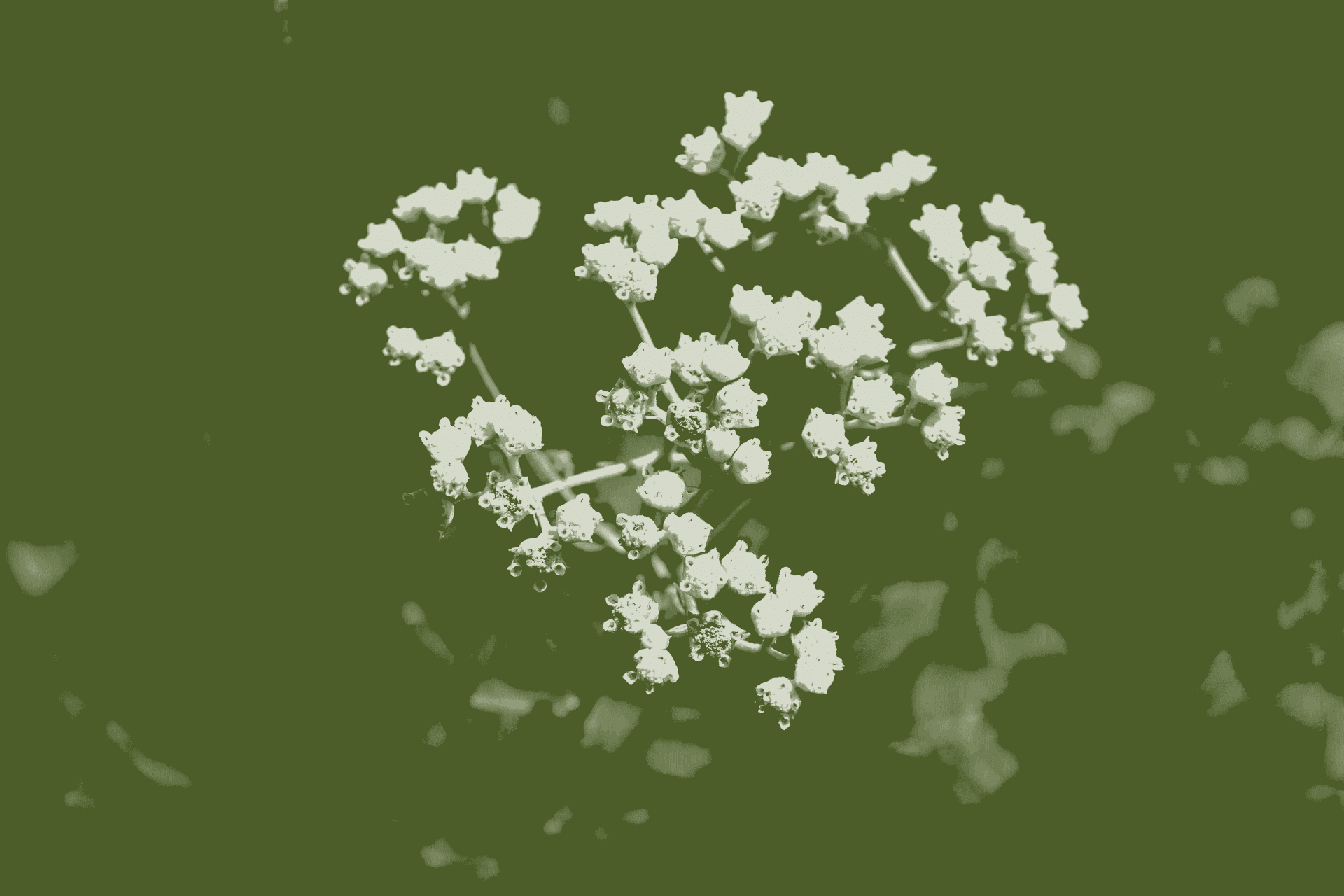
Q is for Quinine:
During the days of the British Raj, quinie was used for tackling malaria. They later added gin to mask the bitter taste and this health concoction was the basis of the popular Gin and Tonic cocktail that’s still popular today.
R is for Rocks:
When you ask for a spirit ‘on the rocks’ it simply means having it with ice and nothing else. The term dates back to a time when ice used to be chipped in chunks off a larger block and looked like actual rocks rather than the neat cubes we know today.
S is for Sloe Gin:
Though it’s known as Gin, Sloe is actually a fruity liqueur made by infusing gin with sloe berries, adding sweetness and an almond-like flavour to the botanical richness of gin. It’s a popular choice when building unique gin-derived cocktails.
T is for Tub Gin:
Better known as Bathtub Gin, this rough gin-adjacent drink became popular in 1920s America, during the prohibition. It was made in secret by bootleggers (often directly in bathtubs) and contained a lot of sugar to mask the intense, often unpleasant flavours.
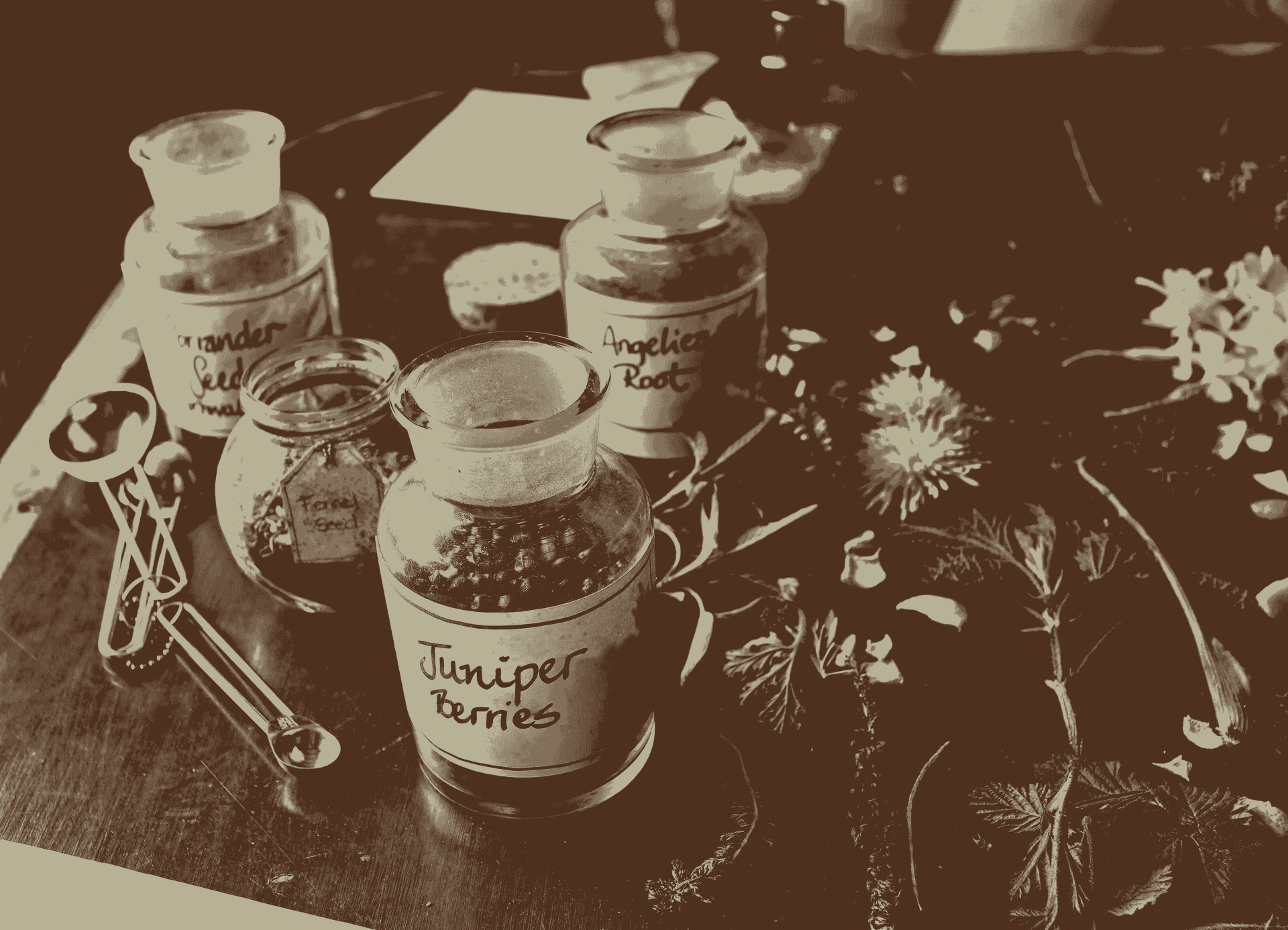
U is for Ullage
A term often used during cask-ageing, Ullage refers to the amount of empty space left in a barrel after the product is filled and sealed. This can help gauge the final flavour and weightage of large quantities.
V is for Vapour Distillation:
A type of process for creating botanical-forward gins. In vapour distillation, steam heats botanicals in a gin basket during the distillation process, infusing the spirit with their flavours.
W is for Water:
Though it’s not an ingredient in gin itself, water is vital in gin making, aiding in distillation and dilution. It must be purified before use, and it plays a role in regulating still temperature.
X is for Xanthia
A cocktail dating back to 1923, the Xanthia is a lesser-known gin drink (but very useful when ‘X’ words are scarce). It’s named after the Greek goddess Xanthe, and made from equal parts clear gin, red cherry brandy and yellow chartreuse.
Y is for Yellow Gin:
Also known as Barrel-aged gin, this gin dates back to the 18th century. It’s aged in wooden barrels which gives the final product a rich brown colour similar to whiskey and infuses it with more earthy flavours.
Z is for Zymurgy:
Wrapping up our A-Z of Gin with something fundamental. Zymurgy is the branch of chemistry that deals with the art of brewing, fermentation and distillation, something every gin creator must learn.
Drink Responsibly. Communication intended for those above 25 years of age.









